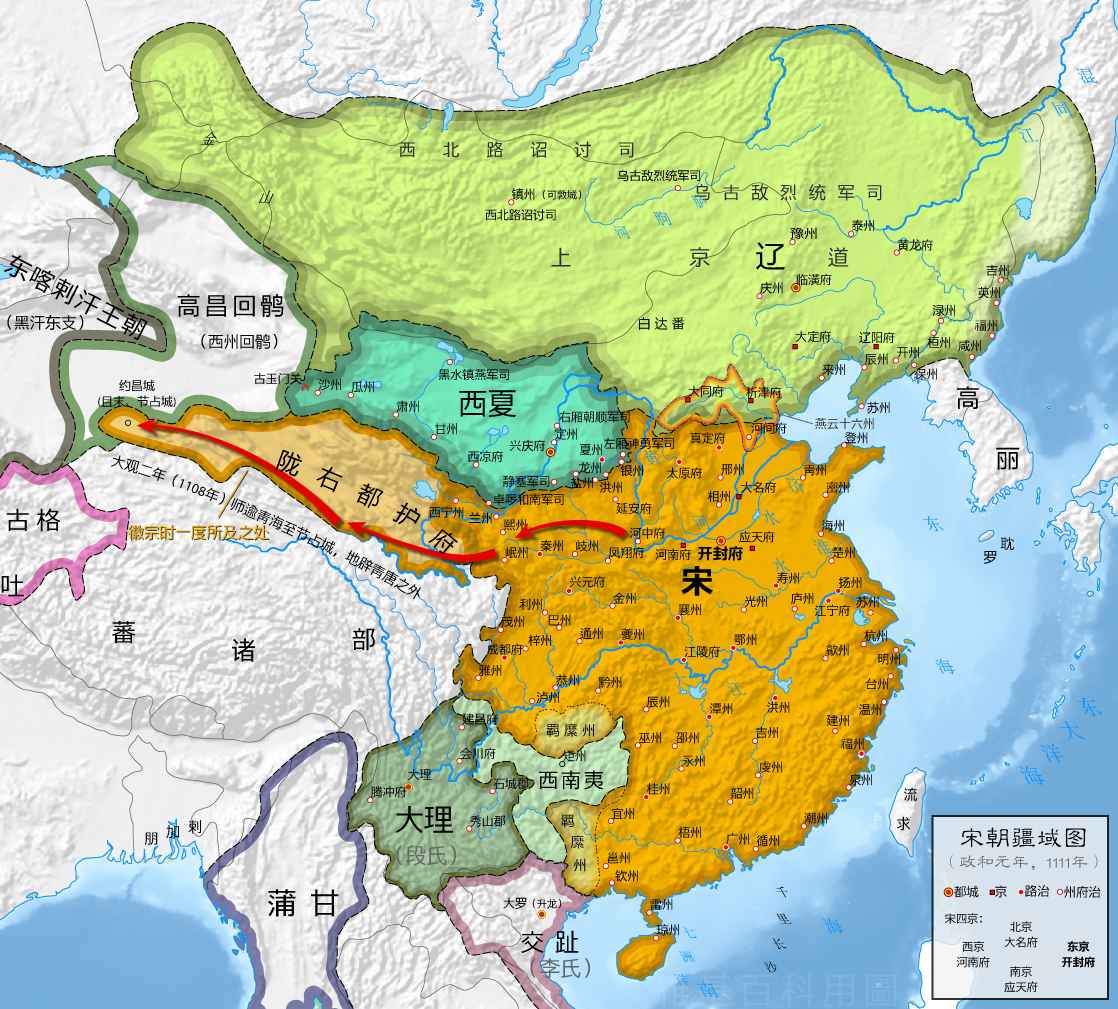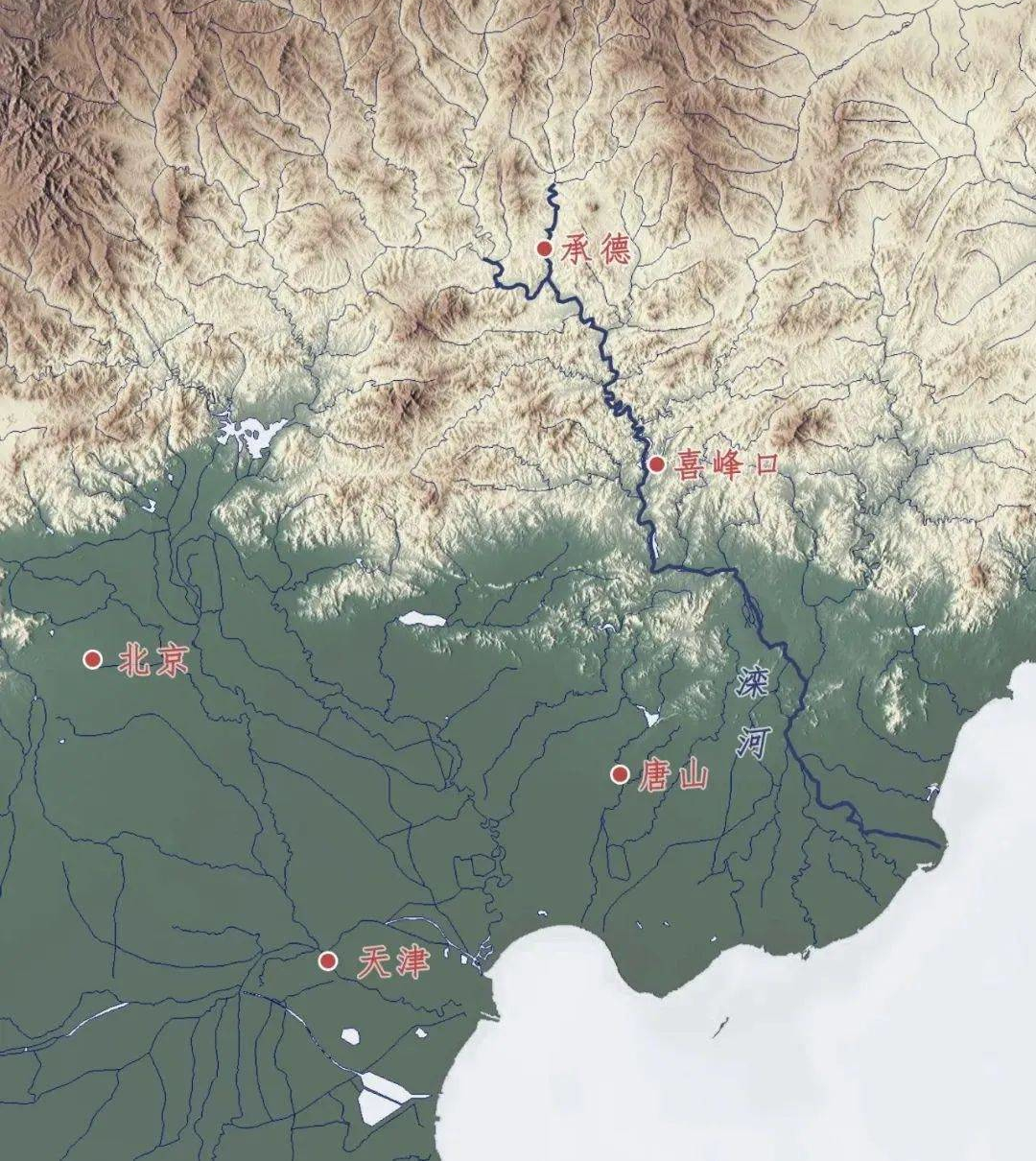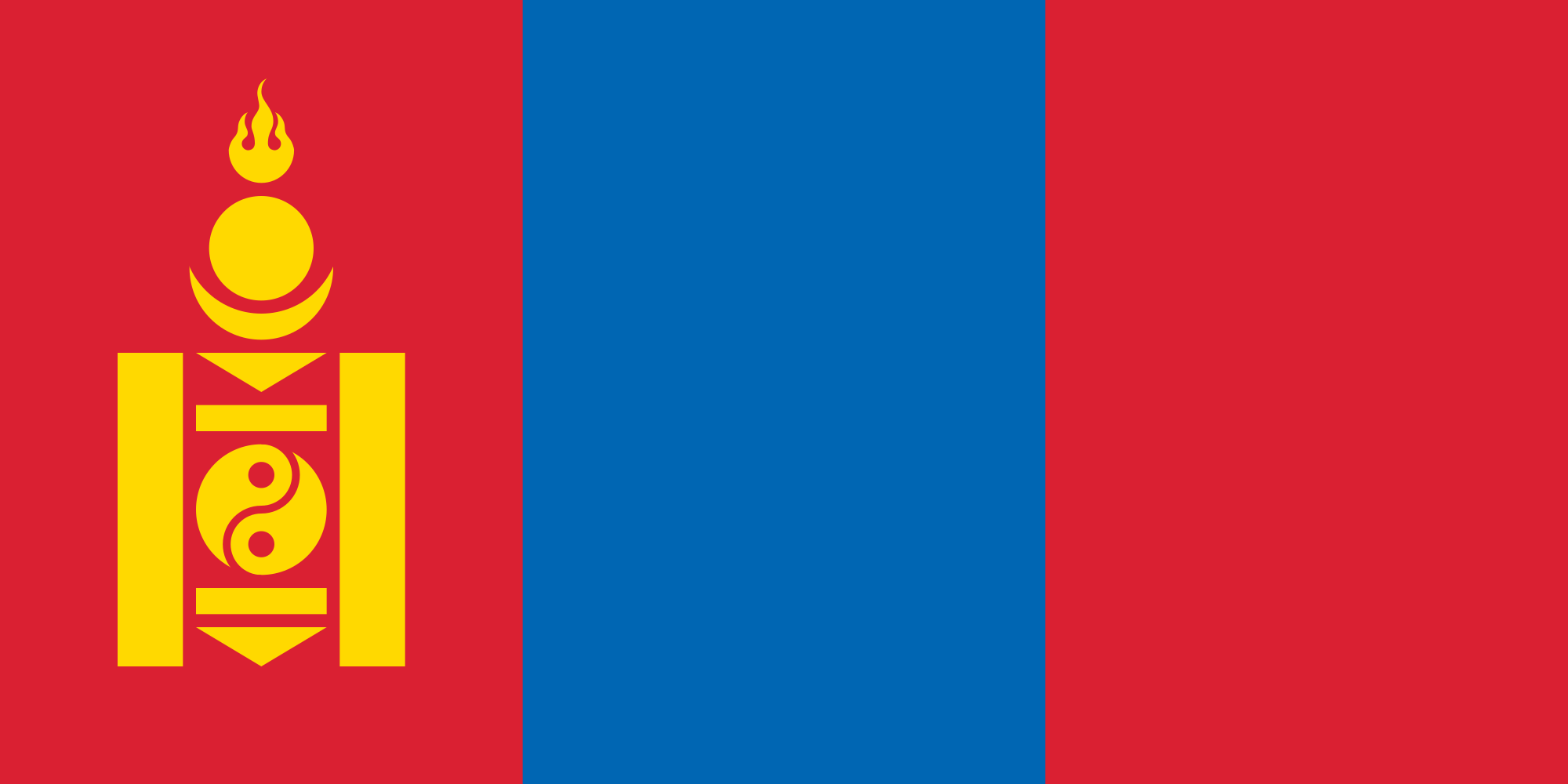
漢德百科全書 | 汉德百科全书
 Nei Mongol Zizhiqu-NM
Nei Mongol Zizhiqu-NM
 Beijing Shi-BJ
Beijing Shi-BJ
 China
China
 Gansu Sheng-GS
Gansu Sheng-GS
 Hebei Sheng-HE
Hebei Sheng-HE
 Nei Mongol Zizhiqu-NM
Nei Mongol Zizhiqu-NM
 Ningxia Huizu Zizhiqu-NX
Ningxia Huizu Zizhiqu-NX
 Qinghai Sheng-QH
Qinghai Sheng-QH

 Vacation and Travel
Vacation and Travel
 Xizang Zizhiqu-XZ
Xizang Zizhiqu-XZ


 Beijing Shi-BJ
Beijing Shi-BJ
 China
China
 Gansu Sheng-GS
Gansu Sheng-GS
 Hebei Sheng-HE
Hebei Sheng-HE
 Nei Mongol Zizhiqu-NM
Nei Mongol Zizhiqu-NM

 Vacation and Travel
Vacation and Travel
 Xinjiang Uygur Zizhiqu-XJ
Xinjiang Uygur Zizhiqu-XJ





辽河是中国东北地区的一条河流,发源于河北省平泉市七老图山,流经内蒙古和吉林,在辽宁注入渤海,全长1345公里,流域面积21.9万平方公里[1]。
辽河源于西辽河的南源老哈河,汇合源于蒙古高原的北源西拉木伦河和源于长白山脉的东源东辽河后在营口入海,流域北与黑龙江流域以松辽分水岭相隔,冲积形成的平坦的辽河平原自中生代以来一直在逐渐下沉,有些地方是沼泽地,在古代称为辽泽[2]。河流携带大量淤泥,水量随季节变化很大,下游在春季和夏季经常发生洪水,东辽河口以下可供小型船只通航,每年封冻期约三个月[3]。
Der Liao He, Liao-Fluss, Liauho usw. (chinesisch 遼河 / 辽河, Pinyin Liáo Hé, W.-G. Liao Ho, englisch Liao River) ist mit 1390 km Länge der größte Fluss im südlichen Nordostchina (Mandschurei).
Die Namen der Provinz Liaoning und der Liaodong-Halbinsel leiten sich von ihm ab. Der Liao He entsteht durch Vereinigung der Flüsse Xiliao He (西遼河 / 西辽河, Xīliáo Hé – „Westlicher Liao-Fluss“) und Dongliao He (東遼河 / 东辽河, Dōngliáo Hé – „Östlicher Liao-Fluss“).
Der östliche Dongliao He entspringt im Hügelland Jilin Hada Ling (吉林哈達嶺 / 吉林哈达岭, Jílín Hādá Lǐng) im Kreis Dongliao der Provinz Jilin. Der westliche Xiliao He entsteht wiederum durch Vereinigung des nördlicher fließenden Xar Moron He (西拉木倫河 / 西拉木伦河, Xīlā Mùlún Hé) und des Laoha He (老哈河, Lǎohā Hé) aus südlicher Richtung. Ein späterer Nebenfluss des Xiliao He ist der Xinkai He (新開河 / 新开河, Xīnkāi Hé).
Der Xar Moron He entspringt im Gebirge Baicha Shan (白岔山, Báichà Shān) im Südwesten des Hexigten-Banners in der südöstlichen Inneren Mongolei. Der Laoha He entspringt im Guangtou Shan (光頭山 / 光头山, Guāngtóu Shān) des Kreises Pingquan in der Provinz Hebei.
Die beiden Flüsse vereinen sich nahe dem Gebiet der Großgemeinde Guyushu (古榆树镇, Gǔyúshù zhèn) des Kreises Changtu in Liaoning, und ab dort fließt der Fluss unter dem Namen Liao He durch die große Liaohe-Ebene in die Liaodong-Bucht (Liaodong Wan) des Golfes von Bohai (Bo Hai).
1958 änderte der Fluss seinen Lauf.
 Beijing Shi-BJ
Beijing Shi-BJ
 Gansu Sheng-GS
Gansu Sheng-GS

 History
History
 L 1000 - 1500 AD
L 1000 - 1500 AD
 Hebei Sheng-HE
Hebei Sheng-HE
 Heilongjiang Sheng-HL
Heilongjiang Sheng-HL
 Jilin Sheng-JL
Jilin Sheng-JL
 Liaoning Sheng-LN
Liaoning Sheng-LN
 Nei Mongol Zizhiqu-NM
Nei Mongol Zizhiqu-NM
 Ningxia Huizu Zizhiqu-NX
Ningxia Huizu Zizhiqu-NX
 Qinghai Sheng-QH
Qinghai Sheng-QH
 Shaanxi Sheng-SN
Shaanxi Sheng-SN
 Shanxi Sheng-SX
Shanxi Sheng-SX

Die Liao-Dynastie (chinesisch 遼朝 / 辽朝, Pinyin Liáocháo) war eine Dynastie im Norden Chinas von 916 bis 1125. Das Herrscherhaus und ein Teil der Untertanen waren Angehörige des (proto-)mongolischen Volks der Kitan. Der Dynastie-Gründer war Abaoji († 926).
辽朝(907年-1125年),国号大辽,又称大契丹国(契丹国,契丹大字:![]() )[注 1],是中国历史上由契丹人建立的一个朝代,国祚210年[2]。
)[注 1],是中国历史上由契丹人建立的一个朝代,国祚210年[2]。
契丹族首领耶律阿保机吞并了契丹各个部落后,于916年称帝建国“契丹”。918年定都临潢府(今内蒙古巴林左旗南)。契丹屡次南下中原,946年阿保机之子耶律德光攻灭后晋后确定国号为“大辽”[注 2],983年改为“契丹”,1066年改为“大辽”[3],直到1125年3月26日为金朝所灭为止。除了辽朝之外,契丹族尚建立相关国家。1122年,天祚帝北逃夹山,耶律淳于辽南京被立为帝,史称北辽[3]。辽朝灭亡后,耶律大石西迁到中亚楚河流域,1132年建立西辽。1211年西辽被屈出律篡位,1218年被蒙古帝国所灭。
史学界对“契丹”含义最广为接受的说法是镔铁或刀剑之意。后来改国名为“辽”也是“铁”的意思,同时“辽”也是契丹人发祥地辽水的名字,以示不忘本之意。又因与南方的中原政权长期对峙,而称“北朝”,而称中原王朝为“南朝”[4]。辽朝926年灭渤海国,938年据燕云十六州,后灭后晋,自居为继承后晋的中原正统,即使之后退回北方。依据五行德运说的五行相生规律,后晋的“木”德之后为“水”德,因此辽朝以水为德运,并相应以黑色为正色。[5]
辽朝全盛时期疆域东到日本海,西至阿尔泰山,北到额尔古纳河、大兴安岭一带,南到河北省南部的白沟河。契丹族本是游牧民族,辽朝皇帝使农牧业共同发展繁荣,各得其所,建立独特的、比较完整的管理体制。辽朝将重心放在民族发祥地,为了保持民族性将游牧民族(契丹人)与农业民族(汉人)分开统治,主张因俗而治,开创出两院制的政治体制。并且创造契丹文字,保存自己的文化。此外,吸收渤海国、五代、北宋、西夏及西域各国的文化,成效地促进辽朝政治、经济和文化各个方面发展。辽朝的军事力量与影响力涵盖西域地区,因此在唐朝灭亡后中亚、西亚与东欧等地区常将辽朝(契丹,英语作Cathay)当做中国,[6]。
遼(りょう、簡体字:辽、拼音:Liáo)は、遼朝(りょうちょう)ともいい、内モンゴルを中心に中国の北辺を支配した契丹人(キタイ人)耶律氏(ヤリュート氏)の征服王朝。916年から1125年まで続いた。中原に迫る大規模な版図(現在の北京を含む)を持ち、かつ長期間続いた最初の異民族王朝であり、いわゆる征服王朝(金、元、清が続く)の最初とされる。ただし、後の3つの王朝と異なって中原を支配下にはおいていない。
The Liao dynasty (/ljaʊ/;[5] Khitan: Mos Jælud; traditional Chinese: 遼朝; simplified Chinese: 辽朝; pinyin: Liáo cháo),[6] also known as the Liao Empire, officially the Great Liao (大遼; 大辽; Dà Liáo), or the Khitan (Qidan) State (Khitan: Mos diau-d kitai huldʒi gur),[7] was an empire in East Asia that ruled from 907 to 1125 over present-day Northern and Northeast China, Mongolia and portions of the Russian Far East and North Korea.[8] The empire was founded by Yelü Abaoji, Khagan of the Khitans around the time of the collapse of Tang China and was the first state to control all of Manchuria.[9]
Almost immediately after its founding, the Khitan Empire began a process of territorial expansion, with Abaoji leading a successful conquest of Balhae. Later emperors would gain the Sixteen Prefectures by fueling a proxy war that led to the collapse of the Later Tang (923–936) and would establish tributary relationships with Goryeo after losing in Goryeo–Khitan Wars (1018) against Goryeo.[10] In 1004, Liao Dynasty launched an imperial expedition against the Northern Song. After heavy fighting and large casualties between two countries, the two sides worked out the Chanyuan Treaty. Through the treaty Liao forced the Northern Song to recognize them as peers.
Tension between traditional Khitan social and political practices and Chinese influence and customs was a defining feature of the dynasty. This tension led to a series of succession crises; Liao emperors favored the Chinese concept of primogeniture, while much of the rest of the Khitan elite supported the traditional method of succession by the strongest candidate. So different were Khitan and Chinese practices that Abaoji set up two parallel governments. The Northern Administration governed Khitan areas following traditional Khitan practices, while the Southern Administration governed areas with large non-Khitan populations, adopting traditional Chinese governmental practices.
Differences between Chinese and Khitan society included gender roles and marital practices: the Khitans took a more egalitarian view towards gender, in sharp contrast to Chinese cultural practices that segregated men's and women's roles. Khitan women were taught to hunt, managed family property, and held military posts. Many marriages were not arranged, women were not required to be virgins at their first marriage, and women had the right to divorce and remarry.
The Liao dynasty was destroyed by the Jurchen-led Jin dynasty in 1125 with the capture of Emperor Tianzuo of Liao. However, the remnant Khitan, led by Yelü Dashi, established the Qara Khitai (Western Liao dynasty), which ruled over parts of Central Asia for almost a century before being conquered by the Mongols. Although cultural achievements associated with the Liao dynasty are considerable, and a number of various statuary and other artifacts exist in museums and other collections, major questions remain over the exact nature and extent of the influence of the Liao Khitan culture upon subsequent developments, such as the musical and theatrical arts.
La dynastie Liao (chinois simplifié : 辽朝 ; chinois traditionnel : 遼朝 ; pinyin : ; Khitan : Mos Jælud)1, également connue sous le nom d'Empire Khitan (chinois simplifié : 契丹国 ; chinois traditionnel : 契丹國 ; pinyin : ; Khitan : Mos diau-d kitai huldʒi gur)2, est un empire d'Asie orientale qui a régné sur la Mongolie, une partie de la Russie orientale et du nord de la Chine continentale entre 907 et 1125. Elle a été fondée par le Khagan Khitan Yelü Abaoji à la suite de la chute de la dynastie chinoise Tang.
Bien que couvrant essentiellement les steppes mongoles et quelques provinces du Nord de la Chine actuelle, la majorité de la population sous le contrôle de la dynastie était d'origine Chinoise Han. Le gouvernement Khitan a donc instauré un système administratif inédit visant à prendre en compte les spécificités de chaque partie du territoire, afin de mieux contrôler les populations locales. Cette période fut également une étape importante pour les Khitans, qui formalisent leur langue écrite à cette époque et commencent à intégrer de plus en plus les coutumes traditionnelles des Chinois Han.
L'empire a été détruit par les Jürchens de la dynastie Jin en 1125. Toutefois, certains survivants du peuple Khitan, menés par Yelü Dashi, ont établi la dynastie des Liao occidentaux. Connue également sous le nom de Khanate Kara-Khitans, cette dynastie a régné sur des parties de l'Asie centrale pendant près d'un siècle, avant d'être conquise à son tour par l'armée mongole de Genghis Khan.
La dinastia Liao (cinese tradizionale: 遼朝; cinese semplificato: 辽朝; pinyin: Liáo Cháo), 907-1125, conosciuta anche come impero Kitai (契丹國 / 契丹国 / Qìdān Guó), fu una dinastia che regnò sulle regioni della Manciuria, della Mongolia e su parte della Cina settentrionale. Fu fondata dalla tribù Yelü (耶律 Yēlǜ) del popolo Kitai nell'ultimo periodo della dinastia Tang, anche se il primo sovrano, Ābǎojī (阿保機 / 阿保机), proclamò il primo periodo di regno solo nel 916.
Nel 947 (o secondo altre fonti nel 938) l'imperatore Yelü Ruǎn adottò ufficialmente il nome "Liáo" (formalmente "Grande Liáo"). Abbandonato nel 983, il nome fu poi ripreso nel 1066.
Il regno dei Liao fu distrutto dagli Jurchi della dinastia Jīn nel 1125. I superstiti, guidati da Yelü Dashi, fondarono la dinastia Liao occidentale 1125-1220 o Kara Khitay, che sopravvisse fino all'arrivo dell'esercito mongolo di Gengis Khan.
La dinastía Liao (chino tradicional: 遼朝, chino simplificado: 辽朝, pinyin: Liáo Cháo, Wade-Giles: Liao2-Ch'ao2, kitán: Mos Jælut),12 907-1125, también conocida como Imperio kitán (契丹國 pinyin: Qìdān Guó, kitán: Mos diau-d kitai huldʒi gur)3 fue una dinastía china, de origen extranjero, que gobernó gran parte del nordeste del territorio chino actual.
Los kitán, uno de los grupos étnicos tunguses, de origen altaico, que habitaban hace siglos en la actual Manchuria, fundaron en el año 907 un estado que recibió inicialmente el nombre de Estado Kitán. Más adelante, tras conquistar el norte de China, el estado asumió formas de gobierno de estilo chino tomando el nombre dinástico de Liao, por el río del mismo nombre (en la actual provincia china de Liaoning) de su tierra ancestral. El imperio de los Liao convivió con la dinastía Song, al sur, y con el Imperio Tangut (o Xia Occidental), que gobernaba parte del noroeste chino.
El imperio de los kitán cayó definitivamente en el año 1125, derrotado por otro pueblo altaico, los yurchen, que conquistaron el territorio de los Liao, y fundaron su propia dinastía, la Jin.
Del nombre "kitán" deriva el nombre "Catay" con el que se conoció a China en Europa durante la Edad Media. El nombre actual de China en ruso (Kitái), mongol (Qitad) y uigur (Hitay) tiene también este mismo origen.
Ляо (монг. Кидан улс, кит. трад. 遼朝, упр. 辽朝, пиньинь: Liao chao, палл.: Ляо Чао) — государство кидань-монголов, которое занимало просторы Северо-Восточного Китая с момента основания киданьской государственности племенным вождём Абаоцзи (Амбагай) в 907 году до мятежа чжурчжэней в 1125 году. Столицы — Шанцзин (верховная, ныне Хуэйнинфу), Ляоян (восточная), Датун (западная), Наньцзин (южная, в районе современного Пекина).


Der Fluss Luan He bzw. Luan-Fluss (灤河 / 滦河, Luán Hé) ist ein Fluss im Nordosten der chinesischen Provinz Hebei.
Er ist 833 km lang.[1] Von seiner Quelle in der Provinz Hebei aus fließt er zunächst nordwärts in die Innere Mongolei und dann südöstlich zurück nach Hebei. Er mündet zwischen den Kreisen Laoting und Changli in den Golf von Bohai (Bo Hai). Zwischen den Städten Chengde und Qianxi liegen die Stauseen von Panjiakou (潘家口水库, Panjiakou shuǐkù) und Daheiting (大黑汀水库, Dàheiting shuǐkù).
滦河,古称濡水、渜水,意通软水、弱水,唐代因谐音改为现名[原创研究?],是华北地区第二大单独入海的河流,发源于中华人民共和国河北省北部,承德市境内丰宁满族自治县西北的巴彦古尔图山北麓,向北流入内蒙古自治区,此段蒙古语称为“上都音高勒”(上都的河曲),汉语意译上都河。后向东南急转进入河北省东北部,一直向东南流入渤海,全长885公里,总流域面积达4.46万平方千米。基本都在河北省境内。滦河主要支流有武烈河、青龙河等,它穿越长城的地方形成长城的一座关口—喜峰口,流经较大城市只有承德。
滦河在内蒙古高原的上游水流缓慢,河床宽浅;中游进入燕山山脉,坡陡流急,下游进入冀东平原重又变缓,河道中淤积很多,承德以下可行小船。清朝时,皇帝曾从承德乘大船从其支流武烈河进入干流再转入支流瀑河向辽宁方向进发。但20世纪后半叶以后,由于沿岸植被破坏严重,水流减少,已经不能行大船。
滦河的中上游只经过承德一个城市,承德的工业不发达。流域内基本是非灌溉型的山区农业,因此滦河水量还比较充沛,水质比较清洁。迁西县城以上有大黑汀水库,瀑河和干流交汇处有潘家口水库。为了缓解海河下游严重缺水的状况,1983年由这两座水库引水,建成引滦入津工程,为天津和唐山调水,现在经蓟县于桥水库、北运河向天津调运的滦河水已经成为天津的主要水源。
滦河沿岸风景秀丽,郦道元在《水经注》中就曾经提到过濡水(滦河的古名)支流武烈水畔的“磬锤峰”。中上游原热河省的区域,在清朝时属于皇家禁区,两岸山上都是高大的松树,民国以后移民增多,植被破坏严重,再加上军阀和日本侵略军的盗伐,现在除了避暑山庄内已经很少能见到大树了,但次生灌木仍然能组成青山绿水的风景。下游两岸是优质稻米的主要产区。


 *National minorities in China
*National minorities in China
 Beijing Shi-BJ
Beijing Shi-BJ
 Hebei Sheng-HE
Hebei Sheng-HE
 Heilongjiang Sheng-HL
Heilongjiang Sheng-HL
 Jilin Sheng-JL
Jilin Sheng-JL
 Liaoning Sheng-LN
Liaoning Sheng-LN
 Nei Mongol Zizhiqu-NM
Nei Mongol Zizhiqu-NM





 Transport and traffic
Transport and traffic


 Aerospace
Aerospace
 Astronomy
Astronomy
 Science and technology
Science and technology
 Music charts
Music charts
 Geography
Geography
 Companies
Companies
 Life and Style
Life and Style
 Fashion world
Fashion world
 Musical instrument
Musical instrument
 Mongolei
Mongolei
 International cities
International cities
 Traditions
Traditions